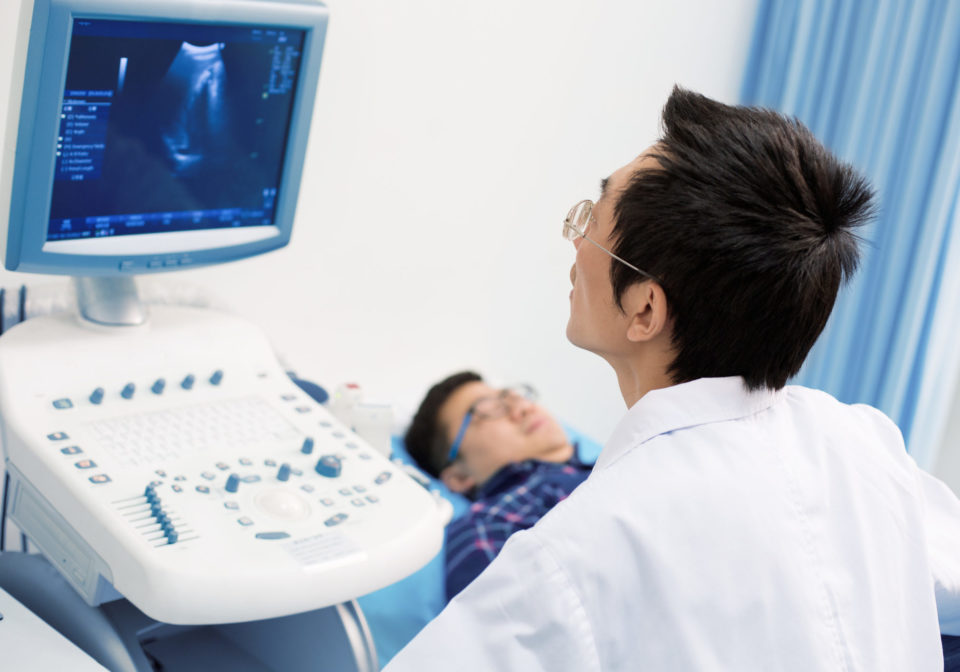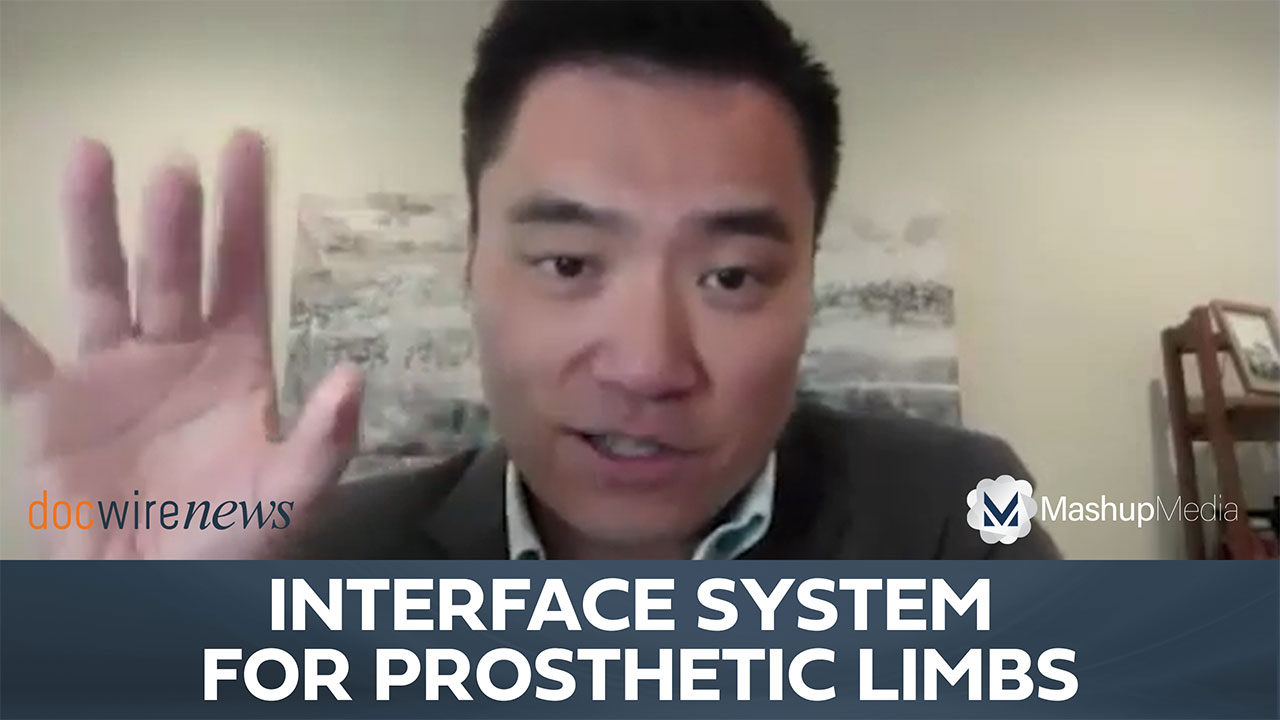
Ultrasound imaging of the kidney is considered optimal in clinical practice due to its safety, convenience, and affordability. However, according to Chin-Chi Kuo, MD, PhD, and colleagues in Taiwan, the high subjective variability in image acquisition and interpretation makes incorporating experience-based prediction into standardized practice difficult. The researchers developed an artificial intelligence (AI) noninvasive tool to predict kidney function using estimated glomerular filtration rates (eGFR) based on serum creatinine concentrations.
Previous studies have reported conflicting results regarding whether kidney function should be screened in all asymptomatic adults. There are limited data on whether testing the urine for protein or testing the blood for serum creatinine is more appropriate in the context of routine screening. Development of a noninvasive and accessible tool for the diagnosis of chronic kidney disease (CKD) would be a valuable aid in clinical practice. Dr. Kuo et al. developed a deep algorithm based on kidney ultrasound and clinical data to examine the possibility of such a tool.
The researchers tested the algorithm in a large registry-based cohort of patients with CKD. Results were reported online in Nature Partner Journals/Digital Medicine [npj Digital Medicine, volume 2, Article number: 29 (2019)].
The cohort included 1299 patients; median age was 65 years and 45% (n=582) were men; 45% had diabetes and 74.7% had hypertension. Median serum creatinine level was 2.07 mg/dL and median estimated glomerular filtration rate (eGFR) was 30.12 mL/min/1.73 m2.
For classification of eGFR with a threshold of 60 mL/min/1.73 m2, the model achieved an overall accuracy of 85.6%, which was higher than that of experienced nephrologists. The area under the receiving operating characteristic curve was 0.904. Attained specificity was up to 92.1%, indicating the effectiveness of the deep learning algorithm for assessing CKD using ultrasound images. However, the sensitivity was only moderate (~60.7%).
The relationship between artificial intelligence (AI) and estimates of eGFR based on serum creatinine was strong, indicated by a Pearson correlation coefficient of 0.741.
In summary, the researchers said, “Our model is the first fundamental step toward realizing the potential of transforming kidney ultrasound imaging into an effective, real-time, distant screening tool. AI-GFR estimation offers the possibility of noninvasive assessment of kidney function, a key goal of AI-powered functional automation in clinical practice.”







 © 2025 Mashup Media, LLC, a Formedics Property. All Rights Reserved.
© 2025 Mashup Media, LLC, a Formedics Property. All Rights Reserved.